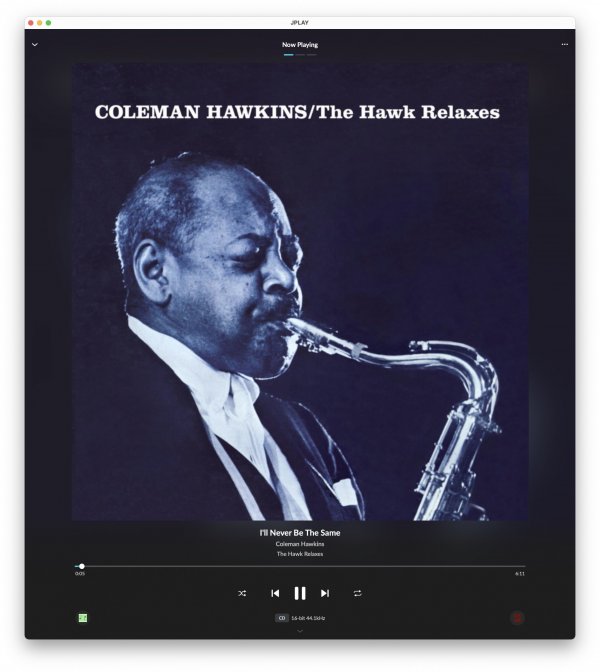So what about non-diabetics? You might know CGM, non-diabetics can use it too these days, where you keep it plugged into your arm and monitor spikes on the app. While it does show simple carbs leading to spikes, as well as desserts, it shows that having protein and fat ahead of carbs reduces/flattens spikes, as does a brisk walk after. With Ice creams, it is probably the mixing with fat that seems to keep spikes low compared to other desserts.
What I wrote only applies to diabetics and pre-diabetics, as they have genetically altered insulin and/or glucose receptor sites in the cell membranes, making the conversion of sucrose into glucose and bringing that glucose through the membrane into the cytoplasm (where it runs through Krebs cycle to give us energy), difficult.
The receptor site is an allosteric enzyme that looks like a tuning fork, comes to the cell surface and emits a signal to the body, interpreted as hunger, to cause the liver and large muscles to release glucagon and the pancreas to release insulin (insulin needs to bind with the allosteric enzyme, and sugar, in order to get the job done).
Type one diabetics can’t make insulin, type two diabetics (or pre-diabetics) either produce a genetically malformed insulin, or release pro-insulin instead of insulin, or have one or more genetic malformations in their receptor enzymes in the cell membranes (they have identified 28 different mutations so far, the more one has, the worse their diabetes).
As stated, when low on glucose (needed to make ATP, the energy currency for life, cyanide stops the electron transport chain at the end of Krebs from working, instant death) the receptor enzymes put out a signal the we equate with hunger. One eats to stop that signal but if the allosteric enzyme can not transport glucose through the cell membrane because of genetic malformations, hunger persists and the person keeps eating in order to get relief. It is that inherited genetic malformation not allowing glucose to get across the membrane (glucose resistance) that makes diabetics over-eat and get fat, it is not being fat that causes diabetes. We don’t screen for this before marriage so, like male-pattern baldness, diabetes is becoming ever-more prevalent.
Unfortunately, as the diabetic gets fatter, they grow more cells, cells that need feeding too but they also have genetically altered receptor enzymes, so a viscous circle.
The only way to prevent this is, per “Dr. Bernstein’s Diabetes Solution”, is to stop eating carbs, or a diet which is very low in carbs.













